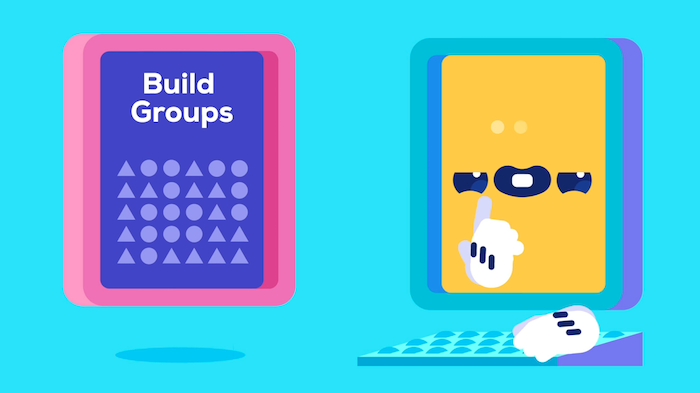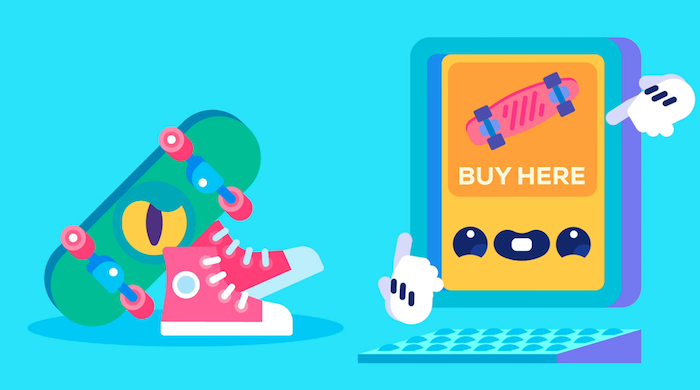Ready to learn Machine Learning? Browse Machine Learning Training and Certification courses developed by industry thought leaders and Experfy in Harvard Innovation Lab.
What are the best applications of AI in marketing in 2018?

In the last 10 years, there’s no field where AI has been more consistently applied than in digital marketing. That’s because, compared to other industries, internet companies:
- Collected bigger, more structured, datasets
- Employed more data engineers and have a
- More tech-focused culture.
But even though the big tech giants (Google, Facebook, Amazon…) are using machine learning a lot to optimise marketing, many organisations are still just getting started.
If you are wondering how best to use machine learning / AI in marketing, here’s an overview of the top applications today:
- Predictive Targeting
- Predictive Lead Scoring
- Customer Lifetime Value Forecasting
- Recommendation
- Churn Prediction
Predictive Targeting

How do you make sure that a marketing message goes only to the right users?
Predictive targeting is a big improvement on segment – and even trigger – based targeting. This is the hierarchy of personalisation in targeting:
- Level 0: Untargeted marketing.
- Flyer in the street. (But who does that?)
- Level 1: Segment targeting.
- Identify the characteristics of your typical customer and aim your marketing towards that persona.
- Level 2: Trigger targeting.
- Use key behaviours to identify when your customers are ready to buy – like just after they’ve purchased a car. And target only those customers.
- Level 3: Predictive targeting.
- Use all the behavioural and demographic clues you have on a customer to come up with an individual prediction of exactly how likely they are to buy right now.
In trigger targeting you manually select the triggers, while in predictive targeting you use a machine learning algorithms to automatically learn the right triggers.
Machine learning models can capture a lot more complexity this way – and hence improve performance significantly because they’re more exact when identifying ideal customers.
I’ve seen customers increase their marketing revenue 200 – 300 % by switching from trigger to predictive targeting.
Predictive Lead Scoring
Leads aren’t just phone numbers and names any more. You can now easily capture 50 – 100 other factors on a lead:
- Acquisition channel;
- Interaction with the website (every visit, article read, download, or webinar attended);
- Information on the account (size, investment rounds, news, employee fluctuations).
Each bit of information includes a clue as to whether or not that lead is ready to buy. But it’s extremely hard to use this information efficiently – beyond setting some obvious filters.
“Are prospects who watched a webinar straight after they downloaded a white paper more interested than prospects who visited 10 pages in between?” Hard to tell – and that’s just one question out of thousands you could ask.
Machine learning is the ideal tool for exactly this kind of analysis: The algorithm learns the patterns that make a good lead – from past sales – and then uses them to predict the exact conversion probability for each lead in your pipeline. And then your sales team knows much better who to focus on.
For the algorithm to be able to find reliable patterns, you need at least ~300 customers in your CRM who’ve already purchased, and at least as many who haven’t.
Customer Lifetime Value Forecasting
How much is your customer base worth? And who will be your best customers?
Estimating the future value of a diverse B2C SaaS customer base has been a bit of a black art – a lot of the time, you’d simply pick one average value for each customer.
However, similarly to predictive targeting and lead scoring, you can use machine learning to learn the connection between your customer’s behaviour (what and how much they purchased, logins, etc.) and their total lifetime value.
If you have enough customers, enough data about them, and your product has been around long enough, then this is a great way of:
- Figuring out which types of customers are more valuable to acquire;
- Deciding which current customers to focus more attention on;
- Estimating the total value of the customer base (one user at a time).
Recommendation

We don’t just want to endlessly browse through categories anymore. We expect that the more relevant movies or books appear first. Recommendation algorithms have been getting better and better – so good that, for many Spotify or Netflix users, automated recommendations have completely replaced manual discovery.
Recommendation algorithms make sure your customers see more of what they want, and in the end that means they buy more. But there are lots of different recommender algorithms – and which one you need depends on your situation. Here are the three most important categories:
1. Content-based
Content-based algorithms recommend your users things that are similar to what they liked before. Think movies in the same genre, or hotels in the same price category.
2. Collaborative
Collaborative filtering algorithms find users who have similar taste and then recommend to each what the other liked. It’s like asking for a recommendation from all your friends with similar taste. In a way, these algorithms harness all your users’ intelligence and can make accurate recommendations without knowing anything about what they recommend.
3. Hybrid
Hybrid recommenders combine the first two approaches in one way or another. Many of the most powerful algorithms in use are hybrid recommenders (think: Netflix).
The best recommender for your specific case also depends on:
- How much you know about your users;
- How many new vs. returning users you have;
- How many new products (like movies or books) you add every month;
- The ratio of products to users.
Once you’ve built your recommender algorithm, you can apply it in lots of ways:
- Sorting search results;
- Finding similar products (movies, hotels, books);
- Making personal recommendations for each user (think: Spotify weekly).
Churn Prediction
Churn is a killer. Knowing which customers will soon cancel their memberships, why they’re planning to leave, and then making changes to retain them can save a company. But often there’s not one clear reason for churn. Instead, it’s many different reasons and combinations.
A simple analysis will give you a simple answer – and you’ll end up suspecting many happy customers of churning. So you lose revenue by giving discounts to the wrong users.
Again, machine learning is the ideal tool to subtly differentiate between users who’ll churn and those who won’t. It finds the plethora of patterns hidden in user behaviour.
With a well-tuned model, you can sort users from most to least likely to churn, and focus on those who need the most attention.
Churn models can also help you understand the factors that lead to churn – and adjust your product where necessary.



